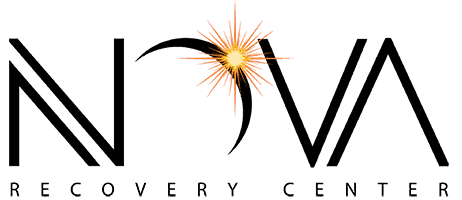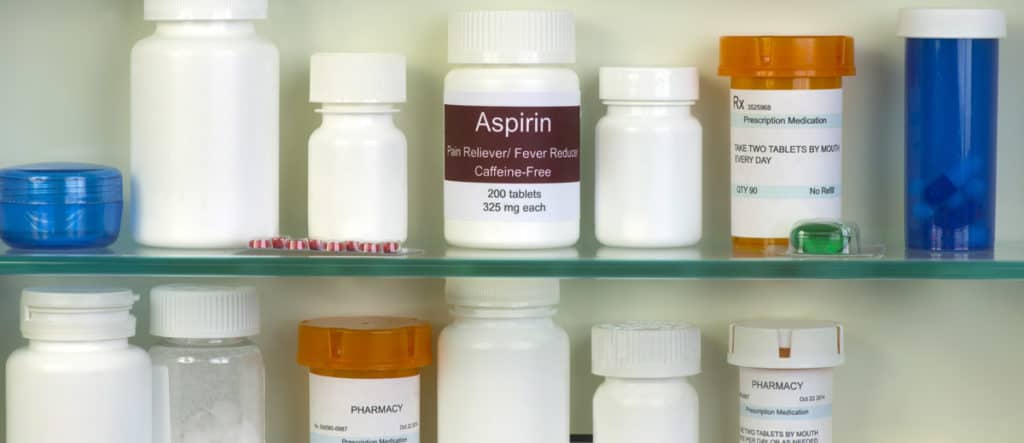Last Updated on October 1, 2025
The Failed War On Drugs: Opioid Addiction
At a Glance: The Failed War on Drugs and Opioid Addiction
- Explores how the U.S. War on Drugs, launched in 1971, failed to reduce drug abuse and instead fueled mass incarceration.
- Highlights skyrocketing opioid overdose deaths, especially from heroin and synthetic opioids like fentanyl.
- Reviews global reports, including the UN’s findings, that criticize outdated, punitive drug policies.
- Emphasizes the need for compassionate, evidence-based approaches such as medication-assisted treatment, naloxone access, and harm reduction services.
- Notes U.S. initiatives under President Obama aimed at expanding treatment, mental health parity, and overdose prevention
Table of Contents
The United Nations General Assembly gathered in New York for the first time since 1998 for a special hearing on the Failed War on Drugs earlier this year. President Nixon began the war on drugs in 1971 proclaiming “America’s public enemy number one in the United States is drug abuse”. In order to win the war President Nixon, lead an all-out offense attack on the prohibition of drugs, military intervention, and a foreign aid to reduce the trade of illicit drugs. America punished manufacturers, locked up traffickers and suppliers, and treated the drug addicts as criminals.
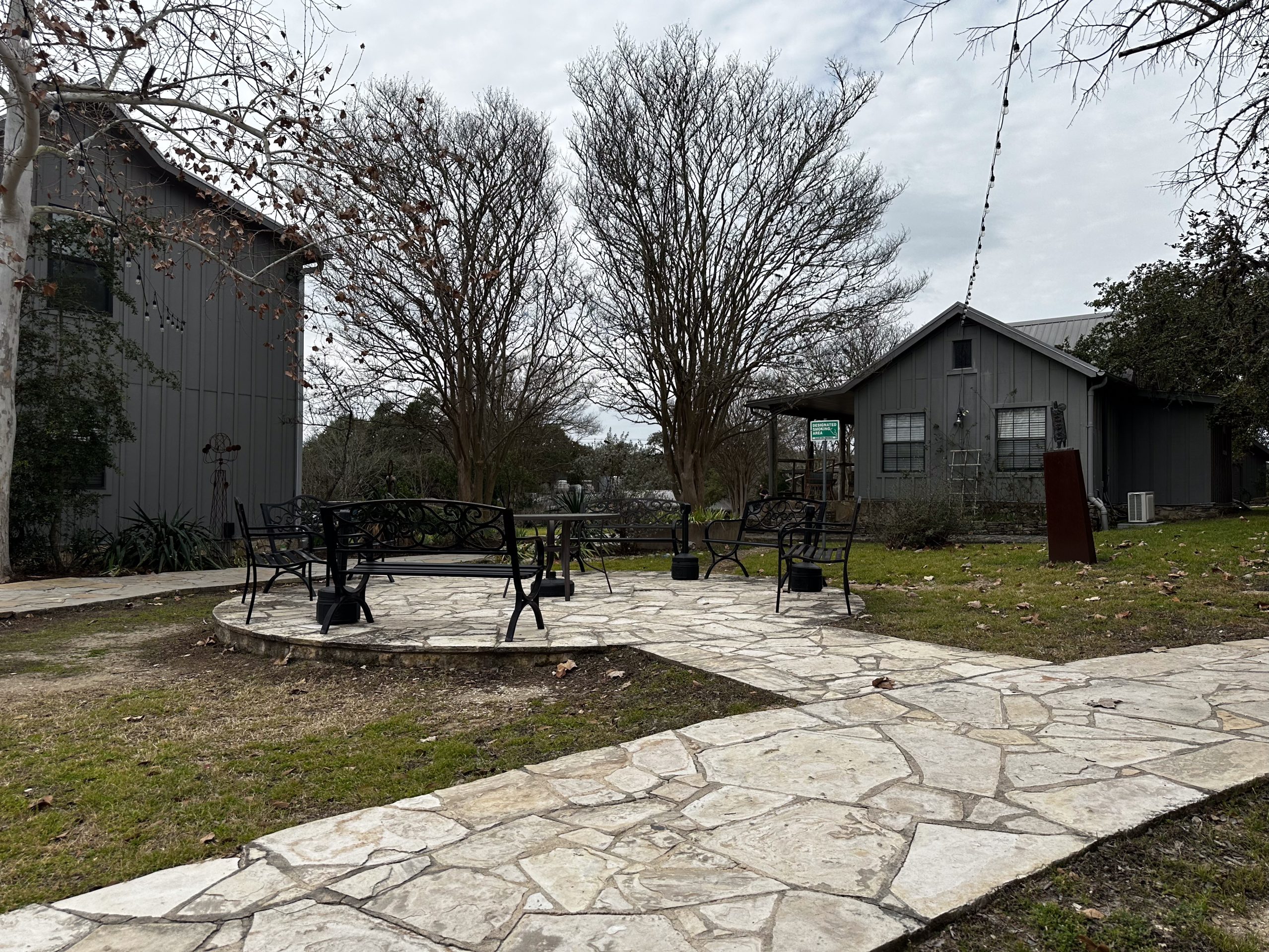





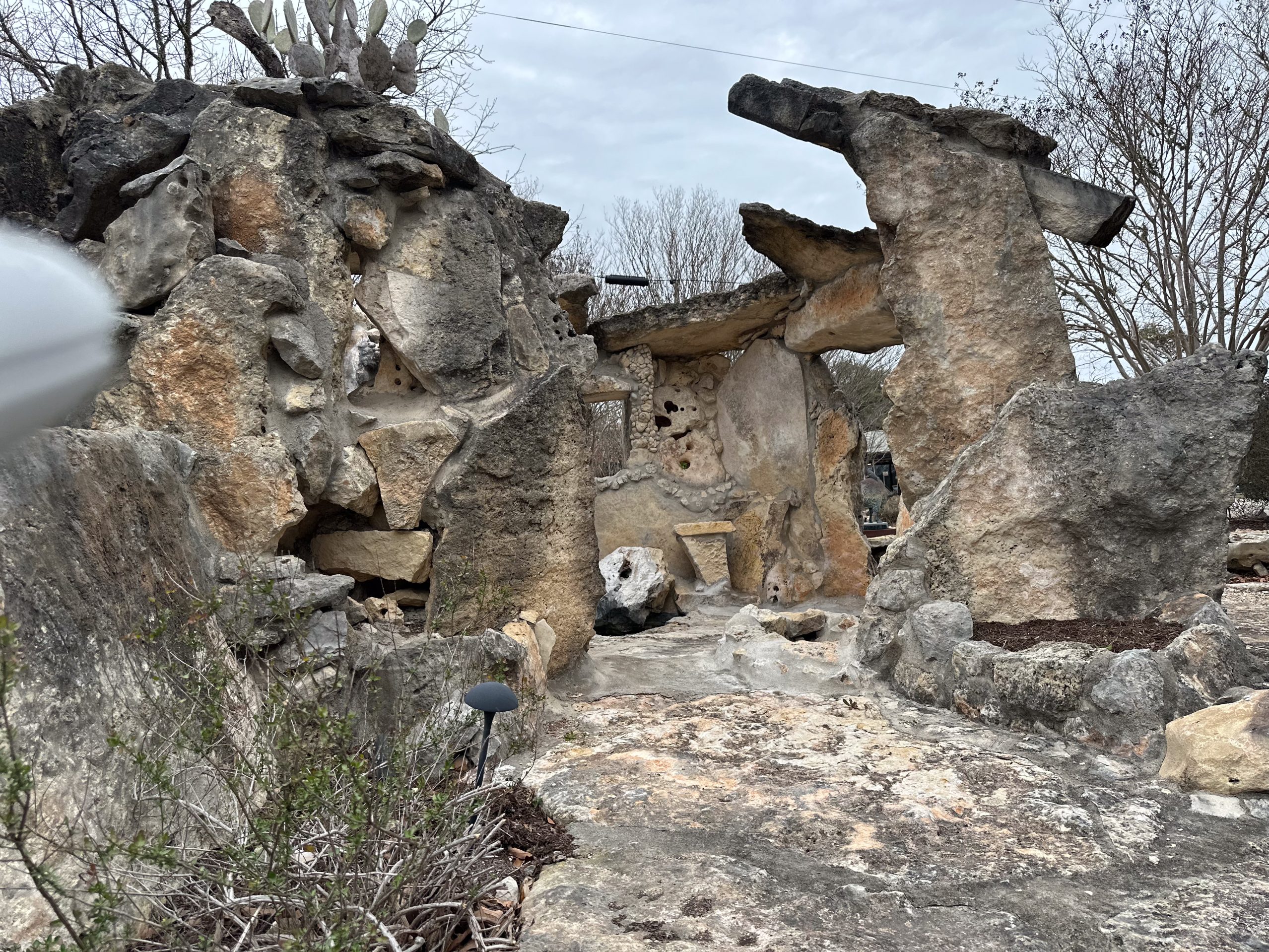
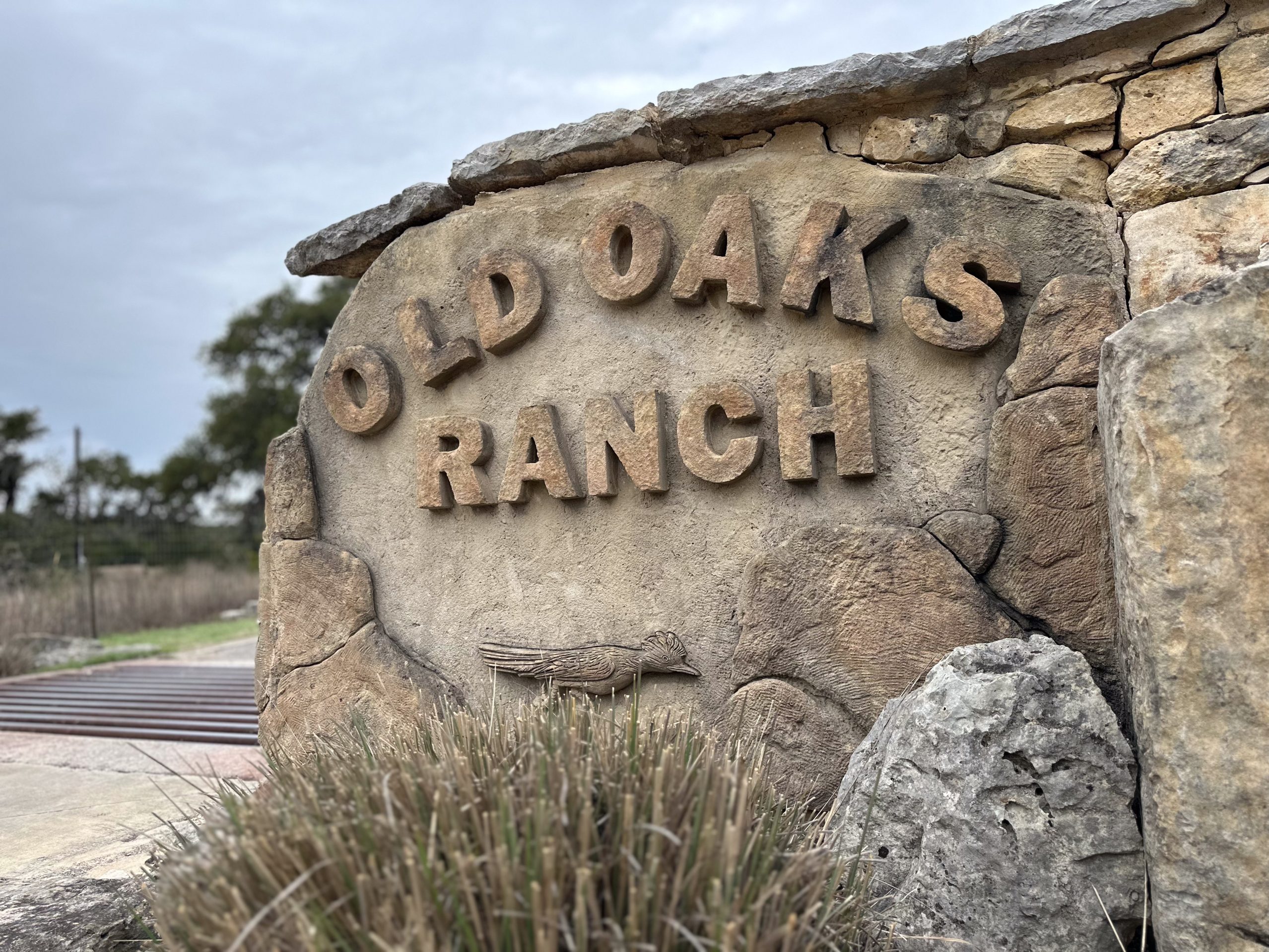
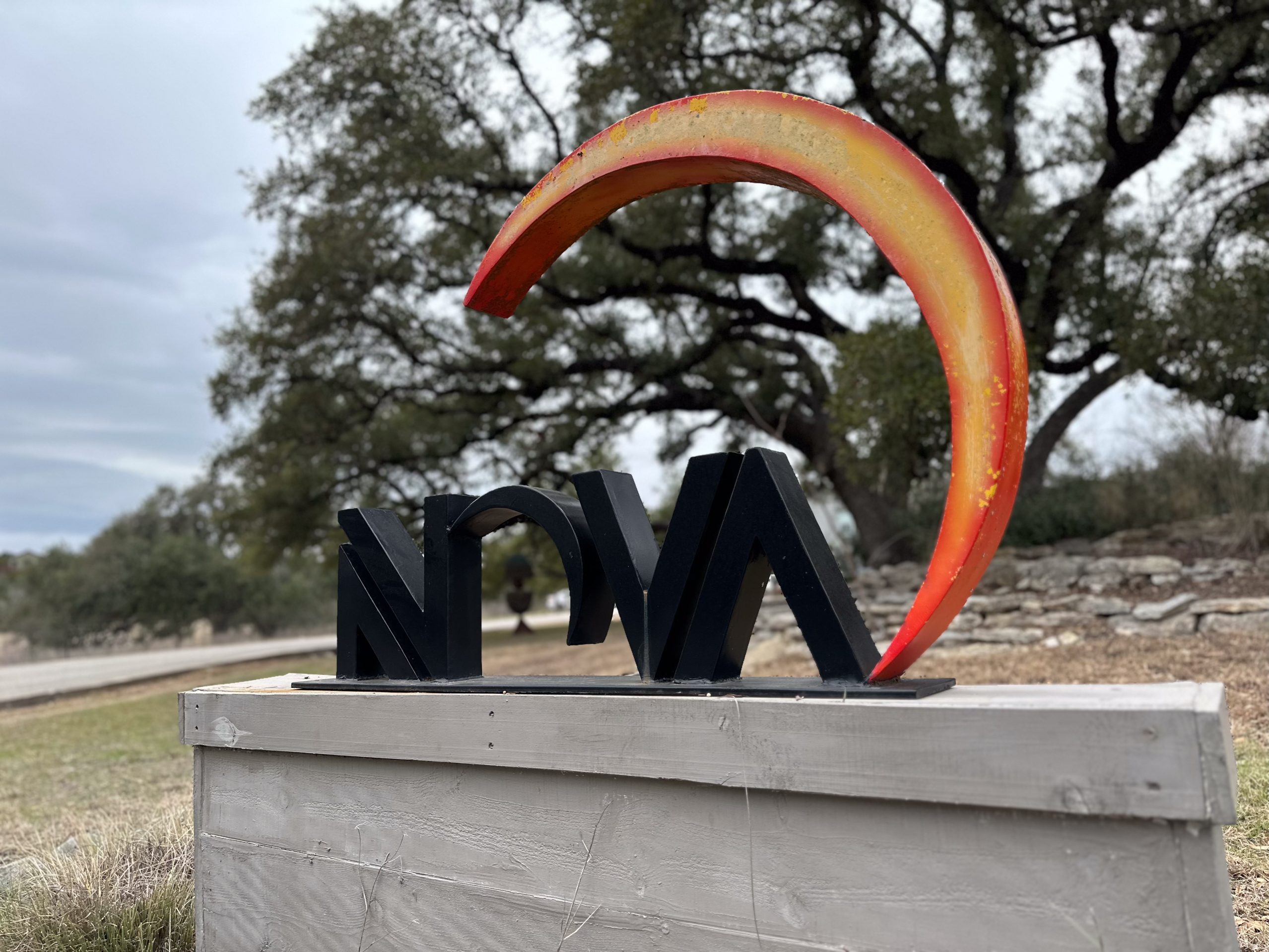

During this process our police departments militarized and expanded and the prison systems ballooned. With all our efforts, the problem is still here today. The War on Drugs has gained much criticism in the past decade, arguing that it has burdened taxpayers without resulting in a significant reduction in addicts abusing drugs.
“Several Decades of scientific research have made it clear that our current approach to this drug epidemic simply isn’t working, “said Medical Director Dr. Michael Lowenstein. He has observed firsthand how the War on Drugs has failed the very people it was intended to save.
“Under our current drug policy, rates of heroin overdose have quadrupled since 1999. Clearly, we can be doing more to help those who are vulnerable to opiate dependence. Addicted patients and their families deserve an updated, scientifically grounded, compassionate approach to global drug policy. This must include access to the best heroin addiction treatment available.”
Overdose deaths from opioids drugs like heroin, oxycodone and hydrocodone continue to be the leading cause of unintentional deaths for Americans.
Although drug overdose deaths involving natural and semisynthetic opioid analgesics like oxycodone and hydrocodone decreased from 29 percent in 2010 to 24 percent in 2015, overdose deaths involving synthetic opioids like fentanyl (other than methadone/dolophine/methadose) increased from 8 percent in 2010 to 18 percent in 2015. In addition, heroin overdose deaths tripled from 8 percent in 2010 to 25 percent in 2015.
Although overdose deaths involving natural and semisynthetic opioids like oxycodone and hydrocodone declined by nearly 12% from 2022 to 2023, deaths involving synthetic opioids such as fentanyl (excluding methadone) remained the leading cause of opioid-related fatalities, though they fell slightly by about 2% in that same period. In contrast, heroin-involved overdose deaths dropped by approximately 33% between 2022 and 2023, reflecting a continued shift in the opioid crisis toward illicit fentanyl and its analogs.
Freedom Starts Here. Take Back Your Life Today.
Same-Day Admissions in Austin Available.
According to the National Safety Council and related sources, opioid overdoses today are largely driven by synthetic opioids (primarily illicit fentanyl), with deaths involving prescription painkillers and heroin representing a declining share. In 2023, about 97,231 people died from preventable drug overdoses—of which 78 % involved opioids. Meanwhile, the CDC reports that approximately 105,000 people died of drug overdoses in 2023, and nearly 80,000 (≈ 76 %) of those deaths involved opioids. Thus, although prescription opioid and heroin-linked deaths remain part of the crisis, synthetic opioids now account for the vast majority of opioid-related fatalities.
Such painkillers include:
The United Nations commissioned a 54-page drug report to evaluate the global progress towards the goal of eradicating drug abuse created by the John Hopkins-Lancet Commission on Drug Policy and Health. The report stated that the existing drug policies are not scientifically grounded and have contributed to excessive use of incarceration.
The report also points out the barriers to humane and affordable treatment. The UN report proposed changes to such as access to harm reduction services such as naloxone, or supervised injection sites, and decriminalization of minor drug offenses. Much like President Obama’s plan, the UN report calls for expanded access to effective treatments for drug dependence to help drug addicts.
President Obama’s Plan:
- On top of expanding access to Medication‑Assisted Treatment (MAT), the White House announced other initiatives:
- providing an additional $11 million to increase access to naloxone, the opioid overdose reversal drug.
- establishing a Mental Health and Substance Use Disorder Parity Task Force.
- Ensuring that mental health and substance use benefits are offered as medical and surgical benefits are for those enrolled in Medicaid and the Children’s Health Insurance Program.
- A $7 million initiative by the Department of Justice toward policing and investigating heroin distribution.
- Guidance from the Department of Health and Human Services for federally funded needle exchange programs.
President Trump’s Plan:
- Launched the “Initiative to Stop Opioid Abuse and Reduce Drug Supply and Demand”, securing billions in new funding (e.g. $6 billion over two years) to combat opioid abuse.
- Signed the SUPPORT for Patients and Communities Act (2018), which expanded access to addiction treatment, strengthened prevention, and increased funding for opioid-related services.
- Expanded Medicare coverage for opioid use disorder treatment at opioid treatment programs (OTPs), including allowing bundled payments for methadone, counseling, therapy, etc.
- Emphasized law enforcement, interdiction, and supply-side controls — e.g. securing borders, cracking down on illicit fentanyl importation, imposing tariffs on synthetic opioid precursors.
- Changed the prescribing environment via a “Safer Prescribing Plan,” aiming to reduce prescription opioid fills by one-third over three years.
Over the past several years, federal agencies have shifted toward more nuanced, evidence-based prescribing practices. In November 2022, the CDC released a new Clinical Practice Guideline for Prescribing Opioids for Pain, replacing its 2016 version.
Under the updated guideline, clinicians are encouraged to prioritize nonopioid therapies (such as NSAIDs, physical therapy, behavioral therapies) for acute, subacute, and chronic pain, and to use the lowest effective opioid dose when opioids are warranted.
The guideline also places greater emphasis on frequent follow-up, reassessing benefits and risks within 1–4 weeks, and having a clear plan to taper or discontinue opioids if harms outweigh benefits.
Importantly, the updated guideline is voluntary and intended to guide personalized, patient-centered care rather than serve as rigid policy limits or dosage caps.
Additionally, researchers are looking at alternative drugs like meloxicam (sold under the brand name Mobic) that are touted as being safer than opioids to help patients manage chronic pain related to medical conditions.
If you know someone who is struggling with opioid addiction, contact Nova Recovery Center today to learn more about our individualized drug rehab program.
How Nova Recovery Center Supports Lasting Recovery from Opioid Addiction
Nova Recovery Center provides comprehensive, evidence-based treatment for individuals struggling with opioid addiction and abuse. Our programs address not only the physical dependence but also the underlying causes of addiction, such as trauma, stress, or co-occurring mental health conditions. With medically supervised detox, clients can safely manage withdrawal symptoms and begin recovery in a stable environment. From there, our long-term residential and outpatient treatment options offer structure, accountability, and individualized care tailored to each person’s needs. We incorporate proven therapies, including cognitive-behavioral therapy, 12-step facilitation, and holistic approaches to strengthen mind, body, and spirit. Clients also benefit from relapse prevention training, life skills development, and peer support that fosters community and accountability. At Nova Recovery Center, we believe recovery is a lifelong journey, which is why we emphasize aftercare planning and connection to sober living options for ongoing support. By combining clinical expertise with compassionate care, our team helps individuals build a foundation for lasting sobriety and reclaim their lives from opioid addiction.
Opioid Addiction, Harm Reduction & Treatment
What is opioid addiction (opioid use disorder), and is it treatable?
Opioid use disorder (OUD) is a chronic, treatable medical condition characterized by compulsive opioid use despite harms. Effective, FDA‑approved treatments exist and can help people stop or reduce opioid use and prevent overdose.
What are the signs of an opioid overdose?
Common signs include slowed or stopped breathing, extreme sleepiness or unresponsiveness, and pin‑point pupils. If you suspect an overdose, call 911 immediately.
What should I do if I think someone is overdosing?
Call 911, administer naloxone if available, and provide rescue breathing/CPR as directed until help arrives. Anyone can carry and use naloxone in an emergency.
s naloxone (Narcan) available over the counter and where can I get it?
Yes. In March 2023, the FDA approved 4 mg naloxone nasal spray for over‑the‑counter sale; it’s now widely available without a prescription in many pharmacies and community programs.
What medications are used to treat opioid addiction?
The three FDA‑approved medications for OUD are buprenorphine, methadone, and naltrexone. They are safe, effective, and reduce overdose risk when taken as prescribed.
Is medication‑assisted treatment (MAT/MOUD) “replacing one drug with another”?
No. MOUD stabilizes brain chemistry, reduces withdrawal and cravings, and lowers the risk of death; it is considered evidence‑based care, not a substitution of addictions.
What is harm reduction?
Harm reduction includes practical strategies (e.g., naloxone distribution, fentanyl test strips, syringe services, safer‑use education) designed to reduce the negative consequences of drug use while respecting dignity and safety.
Do syringe/needle exchange programs encourage drug use or crime?
Decades of research show syringe services programs (SSPs) are safe, effective, and cost‑saving; they do not increase drug use or crime and are associated with substantial reductions in HIV and hepatitis C.
What are fentanyl test strips and do they help?
Fentanyl test strips (FTS) are low‑cost tools that detect fentanyl in pills, powders, and injectables; when used alongside other strategies (don’t use alone, carry naloxone), they help people reduce overdose risk.
Why is fentanyl so dangerous?
Illegally manufactured fentanyls are potent and widespread in the drug supply and now drive most overdose deaths; some analogs (e.g., carfentanil) are even more potent.
What pain‑management options exist besides opioids?
The 2022 CDC guideline recommends prioritizing nonopioid therapies for most acute, subacute, and chronic pain (e.g., NSAIDs/acetaminophen, physical therapy, exercise, CBT and other behavioral therapies).
How has the opioid crisis changed over time?
The epidemic has shifted from prescription opioids to heroin and now to illicit fentanyl, which remains the primary driver of overdose deaths (though rates involving synthetic opioids decreased slightly from 2022 to 2023).
How do I find treatment for myself or a loved one?
Call SAMHSA’s National Helpline at 1‑800‑662‑HELP (4357) or visit FindTreatment.gov for free, confidential, 24/7 referrals to local services.
Are there “Good Samaritan” laws that protect me if I call 911 during an overdose?
Most states have Good Samaritan overdose laws that provide some immunity (e.g., from possession charges) when seeking emergency help, but details vary—check your state’s policy.
Did the ‘war on drugs’ reduce addiction?
Major international reviews argue punitive, enforcement‑heavy approaches have not reduced drug use and have created health and social harms; they call for health‑centered policies.
Is it easier now for clinicians to prescribe buprenorphine for OUD?
Yes. The MAT Act (Dec 2022) eliminated the federal X‑waiver requirement, allowing any DEA‑registered clinician (subject to state rules and training) to prescribe buprenorphine for OUD.
How should I store and dispose of prescription opioids safely?
Store them locked and out of reach; dispose of unused meds at DEA take‑back sites or mail‑back programs. If no take‑back option is available, follow FDA guidance (including the Flush List for certain medicines).
Other Drug and Alcohol Rehab Locations
Medical Disclaimer
The information on this page is provided for educational purposes only and should not be taken as medical advice, diagnosis, or treatment. Opioid medications and other prescription drugs should only be used under the guidance of a licensed healthcare professional. Never begin, stop, or adjust your dosage without first consulting your doctor. If you are experiencing severe side effects, withdrawal symptoms, or thoughts of self-harm, call 911 immediately in the United States or seek urgent medical assistance. For mental health support, you can call or text 988 to connect with the Suicide & Crisis Lifeline, available 24/7.
Nova Recovery Center Editorial Guidelines
By instituting a policy, we create a standardized approach to how we create, verify, and distribute all content and resources we produce. An editorial policy helps us ensure that any material our writing and clinical team create, both online and in print, meets or exceeds our standards of integrity and accuracy. Our goal is to demonstrate our commitment to education and patient support by creating valuable resources within our realm of expertise, verifying them for accuracy, and providing relevant, respectful, and insightful data to our clients and families.
- Centers for Disease Control and Prevention. (2025, February 25). CDC reports nearly 24% decline in U.S. drug overdose deaths. CDC Newsroom. Retrieved October 1, 2025, from https://www.cdc.gov/media/releases/2025/2025-cdc-reports-decline-in-us-drug-overdose-deaths.html.
- National Center for Health Statistics. (2025, May 14). U.S. overdose deaths decrease almost 27% in 2024. NCHS Pressroom. Retrieved October 1, 2025, from https://www.cdc.gov/nchs/pressroom/nchs_press_releases/2025/20250514.htm.
- Centers for Disease Control and Prevention. (2025). Understanding the opioid overdose epidemic. Retrieved October 1, 2025, from https://www.cdc.gov/overdose-prevention/about/understanding-the-opioid-overdose-epidemic.html.
- National Safety Council. (2025). Drug overdoses—Injury Facts. Retrieved October 1, 2025, from https://injuryfacts.nsc.org/home-and-community/safety-topics/drugoverdoses/.
- National Safety Council. (2025). Drug overdoses: Data details (opioids). Retrieved October 1, 2025, from https://injuryfacts.nsc.org/home-and-community/safety-topics/drugoverdoses/data-details/.
- Centers for Disease Control and Prevention. (2022, November 4). CDC clinical practice guideline for prescribing opioids for pain—United States, 2022. MMWR Recommendations and Reports, 71(RR-3). Retrieved October 1, 2025, from https://www.cdc.gov/mmwr/volumes/71/rr/rr7103a1.htm.
- Centers for Disease Control and Prevention. (2024, May 7). 2022 CDC clinical practice guideline—At a glance. Retrieved October 1, 2025, from https://www.cdc.gov/overdose-prevention/hcp/clinical-guidance/index.html.
- U.S. Food and Drug Administration. (2023, March 29). FDA approves first over‑the‑counter naloxone nasal spray. Retrieved October 1, 2025, from https://www.fda.gov/news-events/press-announcements/fda-approves-first-over-counter-naloxone-nasal-spray.
- U.S. Food and Drug Administration. (2024, August 8). Information about naloxone and nalmefene. Retrieved October 1, 2025, from https://www.fda.gov/drugs/postmarket-drug-safety-information-patients-and-providers/information-about-naloxone-and-nalmefene.
- Substance Abuse and Mental Health Services Administration. (2024). Waiver elimination (MAT Act). Retrieved October 1, 2025, from https://www.samhsa.gov/substance-use/treatment/statutes-regulations-guidelines/mat-act.
- Substance Abuse and Mental Health Services Administration. (2024, November 6). Training requirements (MATE Act) resources. Retrieved October 1, 2025, from https://www.samhsa.gov/substance-use/treatment/statutes-regulations-guidelines/mate-act.
- Centers for Disease Control and Prevention. (2024, April 9). Opioid use disorder: Treating. Overdose Prevention. Retrieved October 1, 2025, from https://www.cdc.gov/overdose-prevention/hcp/clinical-care/opioid-use-disorder-treating.html.
- Sordo, L., Barrio, G., Bravo, M. J., Indave, B. I., Degenhardt, L., Wiessing, L., Ferri, M., & Pastor‑Barriuso, R. (2017). Mortality risk during and after opioid substitution treatment: Systematic review and meta‑analysis of cohort studies. BMJ, 357, j1550. Retrieved October 1, 2025, from https://pmc.ncbi.nlm.nih.gov/articles/PMC5421454/.
- Santo Jr, T., Clark, B., Hickman, M., Grebely, J., Campbell, G., Sordo, L., Chen, A., & Degenhardt, L. (2021). Association of opioid agonist treatment with all‑cause mortality: A systematic review and meta‑analysis. JAMA Psychiatry, 78(9), 979–993. Retrieved October 1, 2025, from https://pmc.ncbi.nlm.nih.gov/articles/PMC8173472/.
- Centers for Disease Control and Prevention. (2024, April 2). Fentanyl test strips: A harm reduction strategy (What you can do to test for fentanyl). Stop Overdose. Retrieved October 1, 2025, from https://www.cdc.gov/stop-overdose/safety/index.html.
- Centers for Disease Control and Prevention. (n.d.). Fentanyl | Overdose prevention. (Updated 2024). Retrieved October 1, 2025, from https://www.cdc.gov/overdose-prevention/about/fentanyl.html.
- Centers for Disease Control and Prevention. (2024, March 20). Strengthening syringe services programs (SSPs). Viral Hepatitis. Retrieved October 1, 2025, from https://www.cdc.gov/hepatitis-syringe-services/php/about/index.html.
- HIV.gov (U.S. Department of Health & Human Services). (2025, October 1). Syringe services programs. Retrieved October 1, 2025, from https://www.hiv.gov/federal-response/other-topics/syringe-services-programs.
- Prescription Drug Abuse Policy System (PDAPS). (2023). Good Samaritan overdose prevention laws (dataset). Retrieved October 1, 2025, from https://pdaps.org/datasets/good-samaritan-overdose-laws-1501695153.
- National Institute on Drug Abuse. (2024, August 21). Drug overdose deaths: Facts and figures. Retrieved October 1, 2025, from https://nida.nih.gov/research-topics/trends-statistics/overdose-death-rates.
- Substance Abuse and Mental Health Services Administration. (2023, June 9). SAMHSA’s National Helpline. Retrieved October 1, 2025, from https://www.samhsa.gov/find-help/helplines/national-helpline.
- Congress.gov. (2018). SUPPORT for Patients and Communities Act, Pub. L. 115–271 (H.R. 6). Retrieved October 1, 2025, from https://www.congress.gov/bill/115th-congress/house-bill/6.
- The White House (Trump Administration). (2018, March 19). President Donald J. Trump’s initiative to stop opioid abuse and reduce drug supply and demand. Retrieved October 1, 2025, from https://trumpwhitehouse.archives.gov/briefings-statements/president-donald-j-trumps-initiative-stop-opioid-abuse-reduce-drug-supply-demand/.
- Centers for Medicare & Medicaid Services. (2019, November 1). Trump Administration takes steps to expand access to treatment for opioid use disorder (CY2020 PFS final rule—OTP bundled payments). Retrieved October 1, 2025, from https://www.cms.gov/newsroom/press-releases/trump-administration-takes-steps-expand-access-treatment-opioid-use-disorder.
- Centers for Disease Control and Prevention. (2024, April 2). What to do if you think someone is overdosing. Stop Overdose. Retrieved October 1, 2025, from https://www.cdc.gov/stop-overdose/response/index.html.
- United Nations Office on Drugs and Crime. (2024, June). World Drug Report 2024: Harms of the world drug problem continue to mount (press release). Retrieved October 1, 2025, from https://www.unodc.org/unodc/press/releases/2024/June/unodc-world-drug-report-2024_-harms-of-world-drug-problem-continue-to-mount-amid-expansions-in-drug-use-and-markets.html.
- Global Commission on Drug Policy. (2011). War on drugs: Report of the Global Commission on Drug Policy. Retrieved October 1, 2025, from https://www.globalcommissionondrugs.org/wp-content/uploads/2017/10/GCDP_WaronDrugs_EN.pdf.
- Centers for Disease Control and Prevention. (2024, May 2). 5 things to know about naloxone. Overdose Prevention. Retrieved October 1, 2025, from https://www.cdc.gov/overdose-prevention/reversing-overdose/about-naloxone.html.

